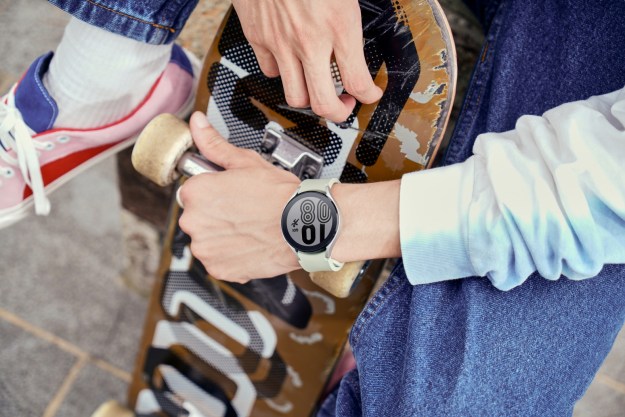Much like its predecessor, the ReliefBand 2.0 is aimed at those who are prone to bouts of nausea, whether it stems from travel, virtual reality, chemotherapy, post-operative care, or any combination of the aforementioned sources. The latest iteration of the device makes use of a sleek, Fitbit-like build and hypoallergenic 316L surgical steel contacts, bringing it more in line with modern fitness trackers than most therapeutic devices.
“We are not a diagnostic [company],” Jackie Simon, chief medical officer of Reliefband Technologies, told Digital Trends. “We don’t count your steps.”
Instead, device builds upon the study of acupuncture and capitalizes on a technique known as neuromodulation, which relies on a pattern of electric pulses that exhibit a very specific waveform, frequency, and intensity. When worn properly, these mild pulses stimulate the median nerve on the underside of the wrist, helping to regulate and quell nausea. Whereas the first ReliefBand showcased five intensity modes, the newer model touts 10, allowing you to adjust the power of the pulses to fit your individual comfort level.
The Reliefband 2.0 will retail for $175 and is currently available for pre-order, in either gray or blue, alongside last year’s model. The newer offering will launch sometime at the end of January, though, Reliefband Technologies has yet to specify an exact date.



